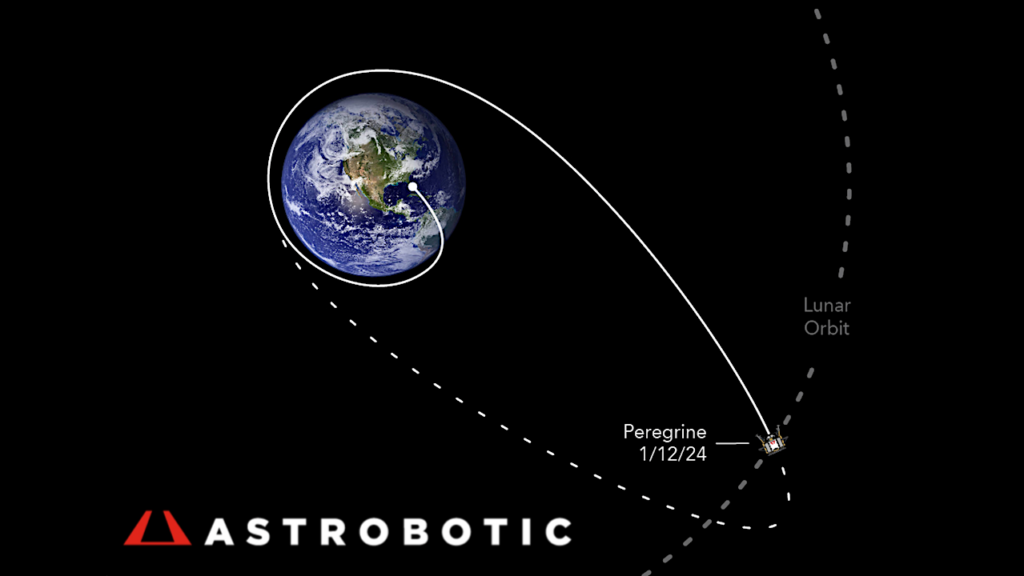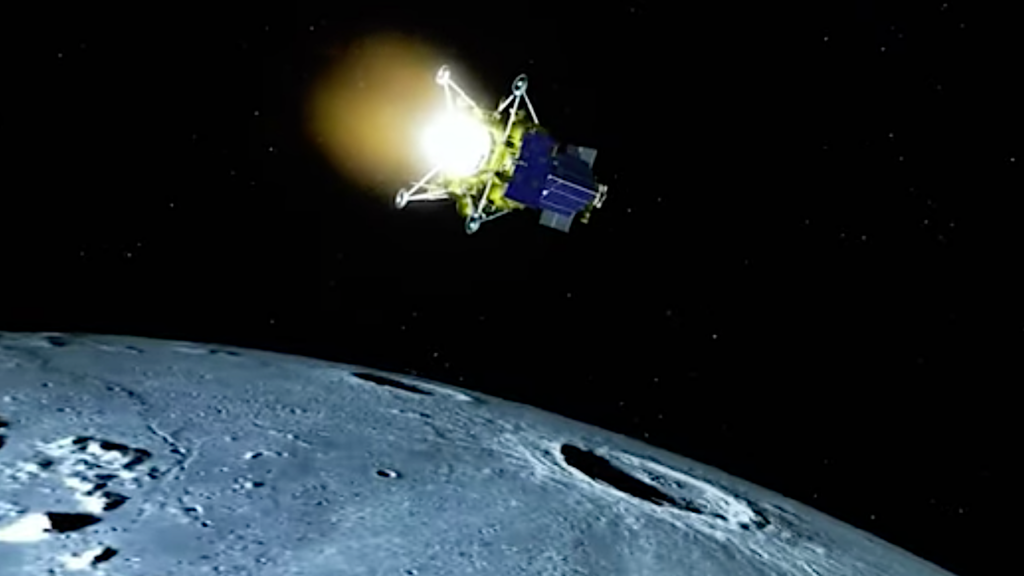ATLAS Is Walking. Valkyrie Remains Hidden
 ATLAS robot gets closer to walking like a human, TechGenMag
ATLAS robot gets closer to walking like a human, TechGenMag
“When Boston Dynamics first revealed their ATLAS robot on July 11, 2013, the bipedal humanoid robot was a clunky, slow moving contraption tethered to a jumble of cords that performed a variety of controlled tasks awkwardly. Still, we were all impressed by the ATLAS robot’s humanlike legs and frame that no doubt offered a tantalizing glimpse into the near future of robotics. Fast forward a year, and with help from the Florida Institute for Human & Machine Cognition (IHMC), the ATLAS robot has received some serious programming updates that enable it to walk like a human with more agility and control than ever before.”
 Keith’s note: Meanwhile NASA’s Valkyrie robot is nowhere to be seen.
Keith’s note: Meanwhile NASA’s Valkyrie robot is nowhere to be seen.
– NASA JSC’s Valkyrie Robot Tied For Last Place in DARPA Competition, earlier post
– NASA JSC Has Developed A Girl Robot in Secret (Revised With NASA Responses), earlier post
– JSC’s Girl Robot Lost Competition Due to Broken WiFi, earlier post








Meanwhile NASA’s Valkyrie robot is nowhere to be seen.
Has anyone checked the dumpster??
NASA did not create junk – they just over reached. That’s just fine – its how you learn. But their secrecy is not befitting a taxpayer-funded activity.
I’m not convinced robots have to be bipedal. Curiosity has done fine with six wheels. But who came up with the wild exterior design for the JSC robot?
This is all pure conjecture… it appears they were after the media blitz with the first “female humanoid robot” and I sincerely think they thought they would do well in the competition. However, like everything else in the “real world” … in head to head competition, performance trumps hopes and dreams… The “A” team is moving forward, and last place is … well last place.
the benefit of humanoid robots is that they can use the same tools we use, move like we do, and fit in the same places we do. instead of having to design a custom grip for a drill or a saw, you can just pick up one from a local hardware shop. instead of having to strap your robot in the bed of a pickup you can just set them in a seat and buckle them in. etc. or at least, that’s the idea anyway.
That’s the theory, and sometimes duplicating nature works well. But our four limbs are fins of early fish, modified first to crawl on land, then to climb in trees, and finally to walk upright so we could carry our babies and food. After one design and a billion years of mods, why not start with a clean sheet? Evolution never invented the wheel. As to tools, designing them to work with our hands is a pain in the neck. Why even bother, when a simple mechanical interface is cheaper and more reliable? Real robots look like vacuum cleaners, cars, hexacopters, minisubs, giant mechanical arms, and even spacecraft. The only situation I can see where humanoid appearance is of benefit is if the purpose of the robot is to serve as a companion.
duplicating nature always works well. the fastest robots use the running gait of a cheetah, for example.
we make tools that we can use all the time. there’s millions of them. it makes sense to develop robotic hands that can do the same thing that our hands can do. it means that you won’t have to spend millions on designing a tool interface for each robot. you can just grab a drill off the shelf of a hardware store.
“duplicating nature always works well”
Always is a long, long time. How many ornithopter airliners have you ridden? How many ships with undulating fins? How many cars with four legs? The fastest cheetah-like legged robot goes only 29MPH. You can go faster on a bicycle. The world’s fastest robots on land, air and sea are wheeled vehicles (188MPH), rockets and unpiloted jets (supersonic), and torpedoes (230MPH), none with biological counterparts.
Simply making ergonomic handles that don’t cause repetitive motion injury is difficult. Vibrating tools cause chronic numbness. Loud tools hurt the ears. Heavy tools are impossible to lift. Even socket wrenches can’t be handled directly. Industrial milling machines use dozens of tools, picking them up with a simple tool holder, not a hand. C-3PIO is a humanoid diplomat. R2-D2 is the mechanic.
the curvature of airplane wings that generates lift is based on the curvature of birds’ wings. the wings don’t need to flap to generate lift.
the fastest submarines are based on the shape of fish, rather than just being long, skinny tubes.
cars are terrible at traversing rough, uneven ground, through forests, or on very steep inclines. four legs are better for that, and the US military is developing an all-terrain mechanical “pack horse” that does have 4 legs.
29 mph is much faster than you can run.
The Wright Brothers were indeed inspired by birds, but even they developed their actual airfoils in their innovative wind tunnel. Most current airfoils are derived from the exhaustive work of NACA or from more recent computational analyses. The earliest formal analysis of bird aerodynamics I can find is Withers (1980) who points out that aircraft operate at much higher reynolds numbers than birds.
http://jeb.biologists.org/c…
Moreover, birds’ wings must flap to generate thrust, and they invariably incorporate variable geometries quite different from those of an aircraft to do so.
The optimal vehicle, as with any engineering design, is the one that best meets a combination of requirements, including speed, reliability, efficiency, weight, cargo capacity, power consumption, maintenance requirements, and cost, as well as rough-terrain capability. There are probably over a billion operational wheeled vehicles in the world, and over a million tracked vehicles. There are a limited number of experimental walking robots and none in operational service.
As to submarines, it isn’t clear that it is practical to replicate much of the structure of fish. http://engineering.mit.edu/…
I am entirely in agreement with your basic point that we can benefit greatly by applying lessons from life in engineering design. However structures found in nature are not necessarily the “best” way to solve engineering problems.
Because ultimately robots are better than humans. They want to perfect perfection.
So trying something new and failing is derided over and over? It seems the spirit of innovation and risk taking so lauded for non-NASA organizations by NASA Watch is missing. I wonder why?…..
Where is NASA’s update? Why are they so shy? Unless they are not making any progress ….
Some updates as of 60 days ago:
http://spectrum.ieee.org/au…
Val’s new dad:
http://www.youtube.com/watc…
I, for one, wish to be among the first to welcome our new overlords. Or overladies. Just sayin’…